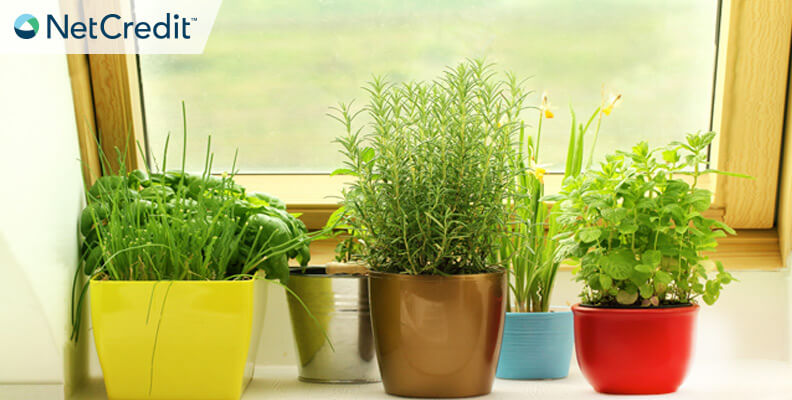
Hate harsh winters? Stuck in a small apartment? Have a green thumb? Indoor gardening is a great solution to all of these. Even homes with ample yard space can benefit from an indoor garden space. Here’s how to start an indoor garden of your very own.
- Determine the space you’ll use for your indoor garden. The space you dedicate to your project will dictate what container is best. This may or may not limit what you can grow there. Some ideas for an indoor garden location:
- Windowsill
- Small step ladders
- Vertical planters
- Railing planters
TIP: Don’t consider horizontal surfaces the only option. Vertical gardens are great alternatives for small spaces.
- Once you’ve chosen your spot, assess how much light the area gets. This will help determine what type of plants can thrive in that level of natural light. If you chose a spot that receives little to no natural light (or have a plant in mind that requires more sunlight than average), purchase an LED plant light to compensate.
- Pick out your planter box or pot. You will need containers that allow for drainage. Choose a container with holes in the bottom. If you can only find containers without, buy stones to create natural drainage. Remember to get something to capture the drainage to avoid any damage to your windowsills, shelves or floor.
- It’s time to pick your plant! There are a wide variety of plants to choose from. Here are some of our favorite indoor-friendly plants:
| Chinese evergreen | Tomatoes |
| Dracaena | Carrots |
| English ivy | Basil |
| Orchids | Lemons |
| Violas | Microgreens |
| Begonias | Mushrooms |
| Succulents | Scallions |
| Oxalis purple clover | Salad greens |
- Over-watering your plant is one of the easiest mistakes to make with your indoor garden. Indoor plants tend to lose water much more slowly than outdoor plants because the atmosphere is more consistent. Aim to water the plant enough to moisten the soil without washing away the seeds. Use a spray bottle for an easy way to get water to your thirsty plant without getting the surrounding area wet.






